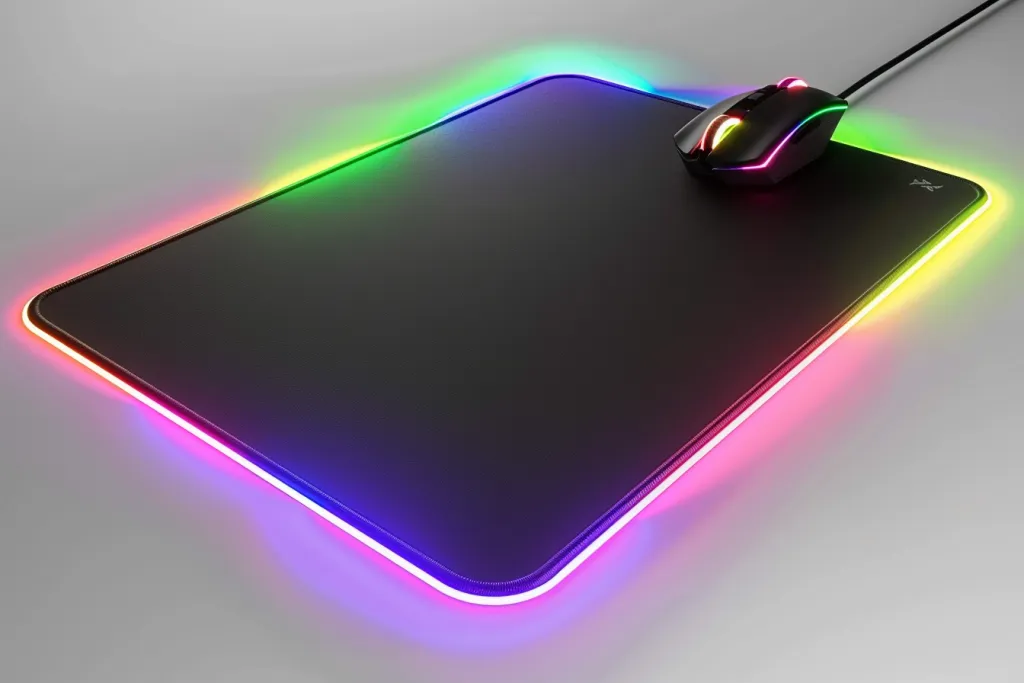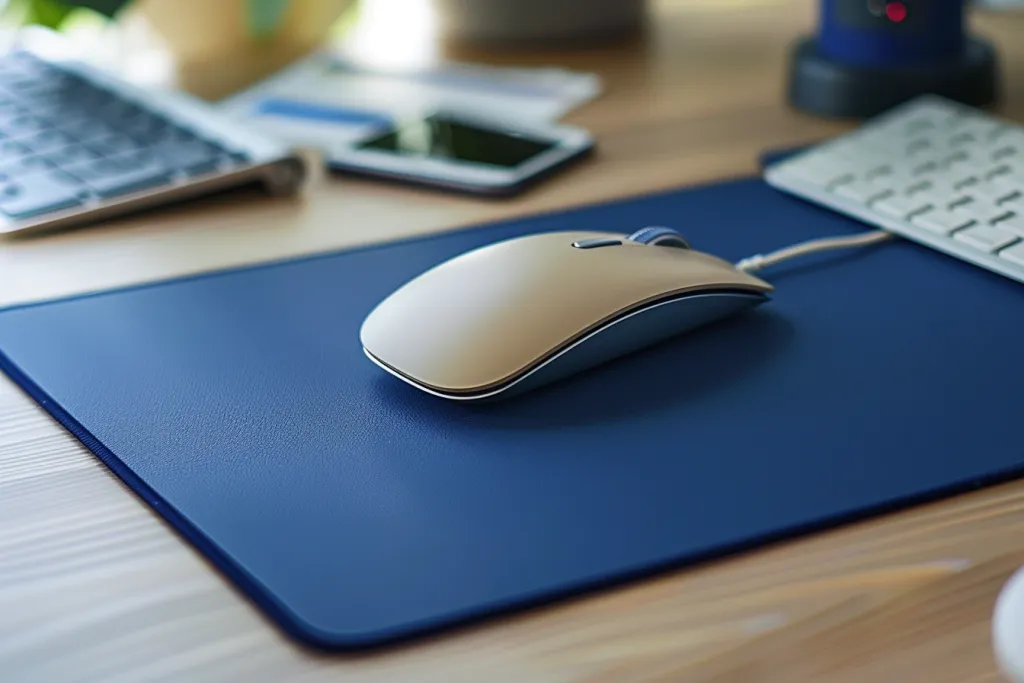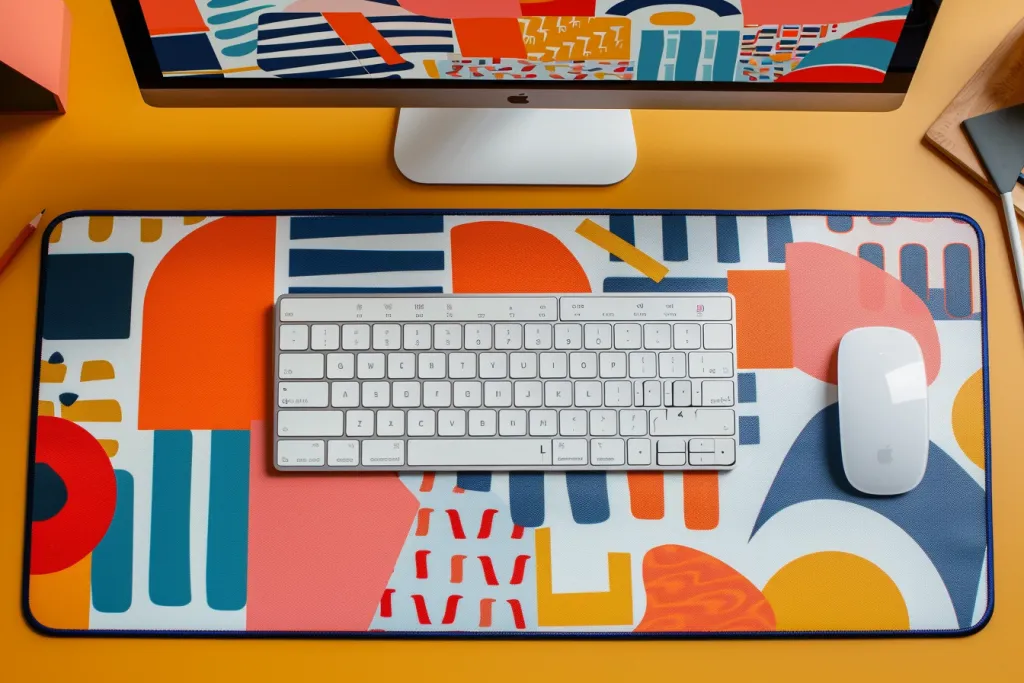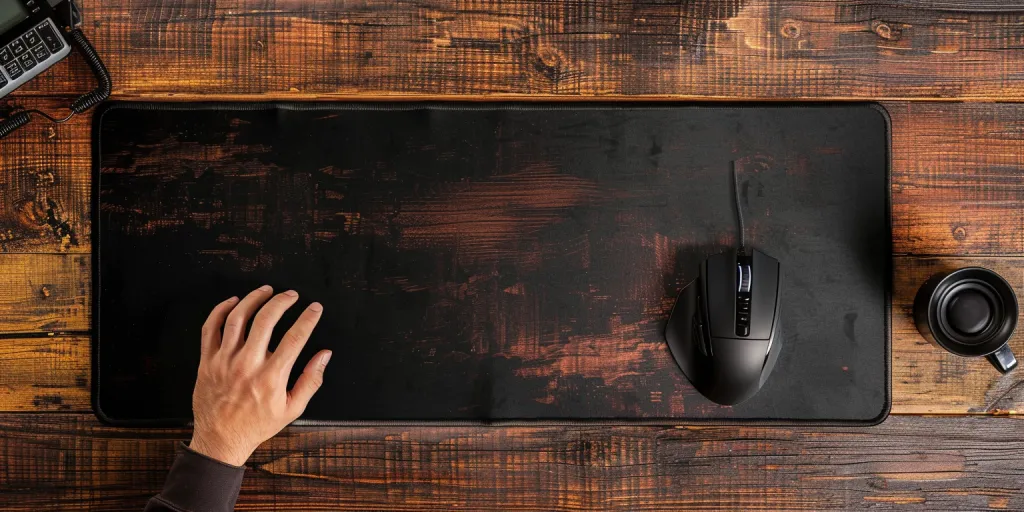In the realm of computing, the significance of peripherals is often overshadowed by the more prominent components like processors and graphics cards. However, the humble mouse pad plays a pivotal role in enhancing the user’s interaction with their computer. This article delves into the essence of mouse pads, their functionality, benefits, and how to optimize their use for an improved computing experience.
Table of Contents:
– What is a mouse pad
– How does a mouse pad work
– Benefits and drawbacks of a mouse pad
– How to choose a mouse pad
– How to use a mouse pad
What is a mouse pad

A mouse pad is a surface for placing and moving a computer mouse. It is designed to allow the mouse to measure movement accurately and provide a smooth surface for the mouse’s tracking mechanisms to work effectively. Initially, mouse pads were simple, fabric-covered foam pads, but they have evolved significantly. Today, they come in various materials, sizes, and designs to suit different needs, from gaming to graphic design.
How does a mouse pad work

The primary function of a mouse pad is to provide a consistent and optimal surface for a mouse to track movements accurately. Modern optical and laser mice use light to detect movement. A mouse pad with a slight texture can improve the reflection of this light back to the sensor, enhancing precision. Additionally, the uniformity of a mouse pad’s surface allows for smooth gliding, reducing the physical strain on the user’s hand and wrist.
Benefits and drawbacks of a mouse pad

Mouse pads offer several benefits, including improved accuracy, comfort, and protection for both the mouse and the desk surface. They can significantly enhance the user’s performance in tasks that require precision, such as graphic design or competitive gaming. However, mouse pads can also accumulate dirt and oils from the user’s hand, affecting performance over time. The choice of material can also impact the durability and maintenance required.
How to choose a mouse pad

Choosing the right mouse pad depends on the user’s specific needs. Consider the size of the work area, the type of mouse used, and the primary activities performed. Gamers might prefer large, cloth-based pads for wide, sweeping movements, while graphic designers may opt for a pad with a hard surface for precision. The thickness and material of the pad also affect comfort and wrist support.
How to use a mouse pad

Using a mouse pad effectively involves more than just placing it under a mouse. Position the pad to allow for ample movement space, considering your desk setup and monitor position. Regular cleaning is also crucial to maintain the pad’s performance and longevity. Avoid spilling liquids and keep the surface free of debris to ensure smooth mouse operation.
Conclusion:
A mouse pad is more than a simple accessory; it’s a crucial component that can significantly impact your computing experience. By understanding how mouse pads work and their benefits, you can make an informed decision on which type suits your needs. Choosing and using the right mouse pad will not only enhance your performance but also add comfort and style to your workspace.




